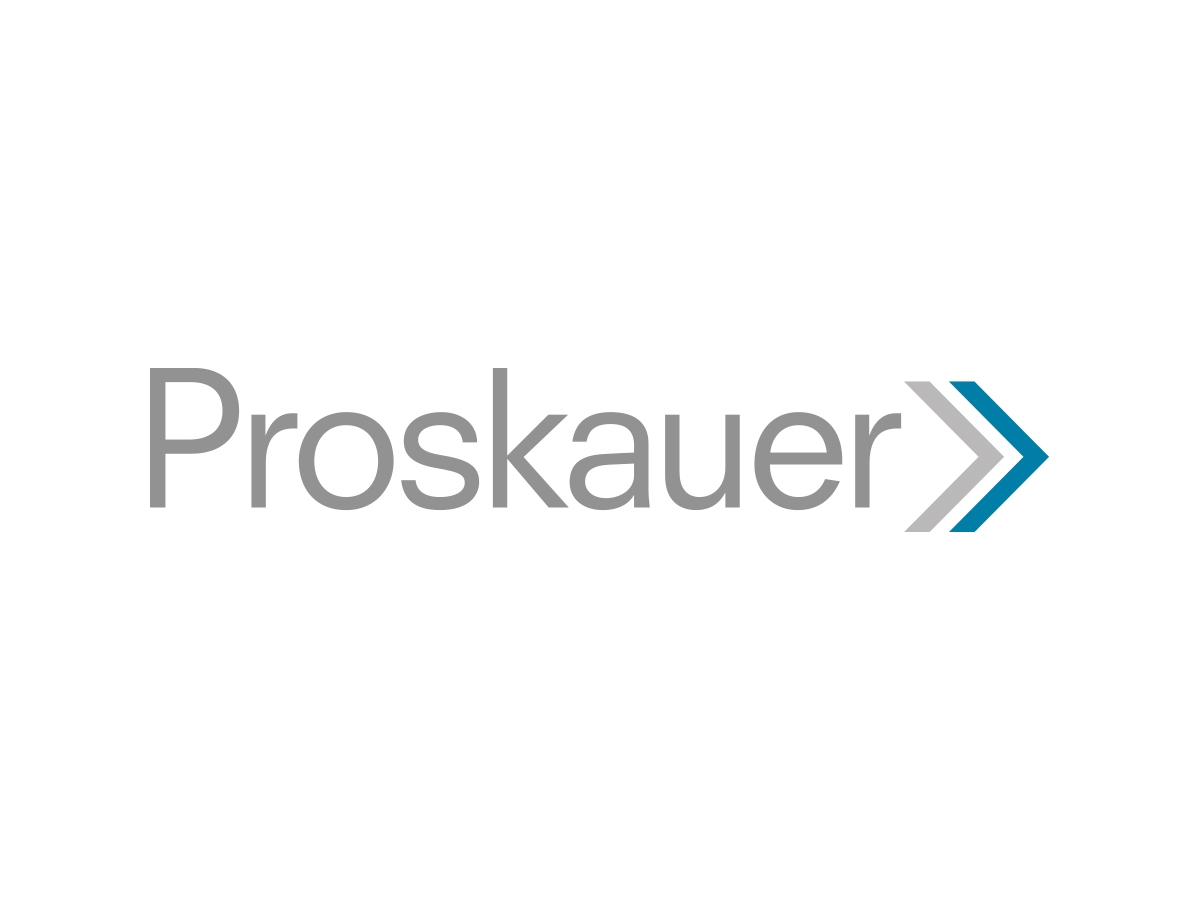Maine Enacts Expansive Paid Family and Medical Leave Law
Maine has become the latest state to enact a paid family and medical leave law. The law (as amended prior to enactment), which will cover all employers with one or more employees working in Maine, establishes a state-managed program whereby employers and employees will contribute to a paid Family and Medical Leave Insurance Fund (the “Fund”). Below are some of the key feature of the new law.
Employers and employees will be required to begin contributing to the Fund on January 1, 2025, though the program will not begin processing claims for benefits until May 1, 2026.
Employees will make applications for benefits directly to the Fund, though an employer may apply for approval to meet its obligations under the law through a private plan, which must confer all the same rights, protections, and benefits provided to employees under the law and comply with certain additional requirements.
Use of Paid Leave
All employees in Maine who earn at least six times the state average weekly wage during the first four calendar quarters prior to the first day of the individual’s benefit year will be eligible for benefits under the program. The benefit year begins on the first day of the calendar week immediately preceding the date on which family or medical leave benefits commence.
Covered employees are eligible to take up to 12 weeks of paid leave in a benefit year for any one or a combination of covered reasons under the law.
Employees may take family leave for any of the following reasons:
- To bond with their child during the first 12 months after the child’s birth or during the first year after placement of the child through foster care or adoption;
- To care for a family member with a serious health condition such as an illness, injury, impairment, pregnancy, recovery from childbirth or physical, mental, or psychological condition that involves inpatient care in a medical treatment center or continuing treatment by a healthcare provider;
- To attend to a qualifying exigency related to a family member’s active duty service as determined pursuant to the federal Family and Medical Leave Act.
- To care for a family member who is a covered service member; or
- To take “safe leave” (as defined further below).
For purposes of the law, a “family member” includes a parent, grandparent, grandchild, sibling, spouse, or any other individual with whom the covered employee has a significant personal bond that is like a family relationship, regardless of biological or legal relationship as designated by the employee in accordance with the law.
Employees may take safe leave in instances where the employee or family member is a victim of violence, assault, sexual assault, stalking, or any act that would support an order for protection. Employees may use this leave for themselves or to help a family member to (1) seek an order of protection; (2) obtain medical care or mental health counseling; (3) make their home secure; or (4) seek legal assistance.
Employees may take medical leave for any for the following reasons:
- Serious health condition of the employee or a family member;
- The birth of the employee’s child or placement of a child under 16 years of through adoption;
- The donation of an organ of that employee for a human organ transplant; or
- The death or serious health condition of a family member.
Employees are limited to 12 weeks, in total, of combined family leave and medical leave in the same application year. So, for example, an employee may take medical leave during pregnancy or recovery from childbirth, immediately followed by family leave, but only up to a combined total of 12 weeks of paid leave.
Paid leave time may be taken intermittently in increments of 8 hours or more, or on a reduced leave schedule agreed upon by the employee and the employer. An intermittent or reduced schedule will not affect the total amount of leave the employee is entitled to under the law.
As in many other states that have similar laws, leave under the program runs concurrently with leave taken under the federal Family and Medical Leave and Act, where applicable.
Contribution and Benefit Rates
In order to fund the program, beginning January 1, 2025, employers must remit premiums to the Fund on a quarterly basis in the amount of not more than 1.0% of wages for each Maine employee. Employers with 15 or more employees may deduct up to 50% of the premium required for an employee from the employee’s wages and must remit 100% of the required premium to the Fund (with the remaining 50% being funded by the employer). Employers with fewer than 15 employees may also deduct 50% of the premium required for an employee from the employee’s wages and need only remit 50% of the required premium to the Fund (that is, no employer contribution is required).
Under the program, eligible employees are entitled to receive a weekly benefit amount while on leave equal to 90% of the portion of the eligible employee’s average weekly wage that is equal to or less than 50% of the state average weekly wage and 66% of the portion of the employee’s average weekly wage that is more than 50% of the state average weekly wage, all up to a maximum weekly benefit equal to the state average weekly wage. As of July 1, 2023, Maine’s state average weekly wage is $1,103.71. By January 1, 2026 and annually thereafter, the department will consider adjusting the maximum benefit amount as necessary, and this amount, if adjusted, will take effect on January 1st of the following year.
Additionally, the weekly benefit amount will be reduced by the amount an individual receives for an injury that occurred prior to the family or medical leave claim, under a government program or law including, but not limited to, workers’ compensation or unemployment insurance or other state or federal temporary or permanent disability benefits law. If an individual takes intermittent or reduced leave schedule, the benefit amount will be prorated accordingly.
Benefits are not payable during the first 7 calendar days of an employee’s medical leave, though employees may use accrued sick or vacation pay or other paid leave during that 7-day period.
Job and Benefits Protection
Employees who have been employed for at least 120 days and exercise the right to family or medical leave under the program are entitled to be restored to the position held by the employee at the time of leave or an equivalent position upon return from that leave.
Employers must maintain any health care benefits the employer had prior to taking leave for the duration of the family or medical leave.
Employees taking family or medical leave may not lose any employment benefits, including accrued vacation time, sick time, bonuses, advancement, seniority, length of service credit or other employment benefits, plans or programs.
Notice Requirements
Employers can require employees to give reasonable notice prior to taking family or medical leave unless impracticable due to emergency, illness, or other sudden necessity. Leave time must be scheduled in a way that prevents undue hardship on the employer as reasonably determined by the employer.
The law requires employers to post a conspicuous notice in the workplace of the benefits available under the law. Additionally, employers must provide newly hired employees with written notice of the law and its benefits no later than 30 days following the employee’s start date.
Anti-Retaliation and Penalties for Violations
Employers must comply with any employer policy, law, or collective bargaining agreement that provides for rights to leave that are greater than provided by the law. However, employers are prohibited from compelling an employee to exhaust any rights to sick, vacation, or personal time prior to or while taking leave under the law. Any agreement by an employee to waive an employee’s rights under the law is void and unenforceable as against public policy. Additionally, employers are prohibited from retaliating against an employee for the exercise of rights under the law.
An employer’s failure to comply with the law will constitute a civil violation and may result in penalties ranging from $50-$150 per employee.




![[Podcast] AI at Work – Design Mismatches [Podcast] AI at Work – Design Mismatches](https://images.bannerbear.com/direct/y0aJ23zRDdqMxX4OGl/requests/000/080/161/677/Lvpkalx2D6BBwJ2R6WE7rB3Xq/a1bd97c997db9600a96260ab3e226c2584b1f3f4.png)
